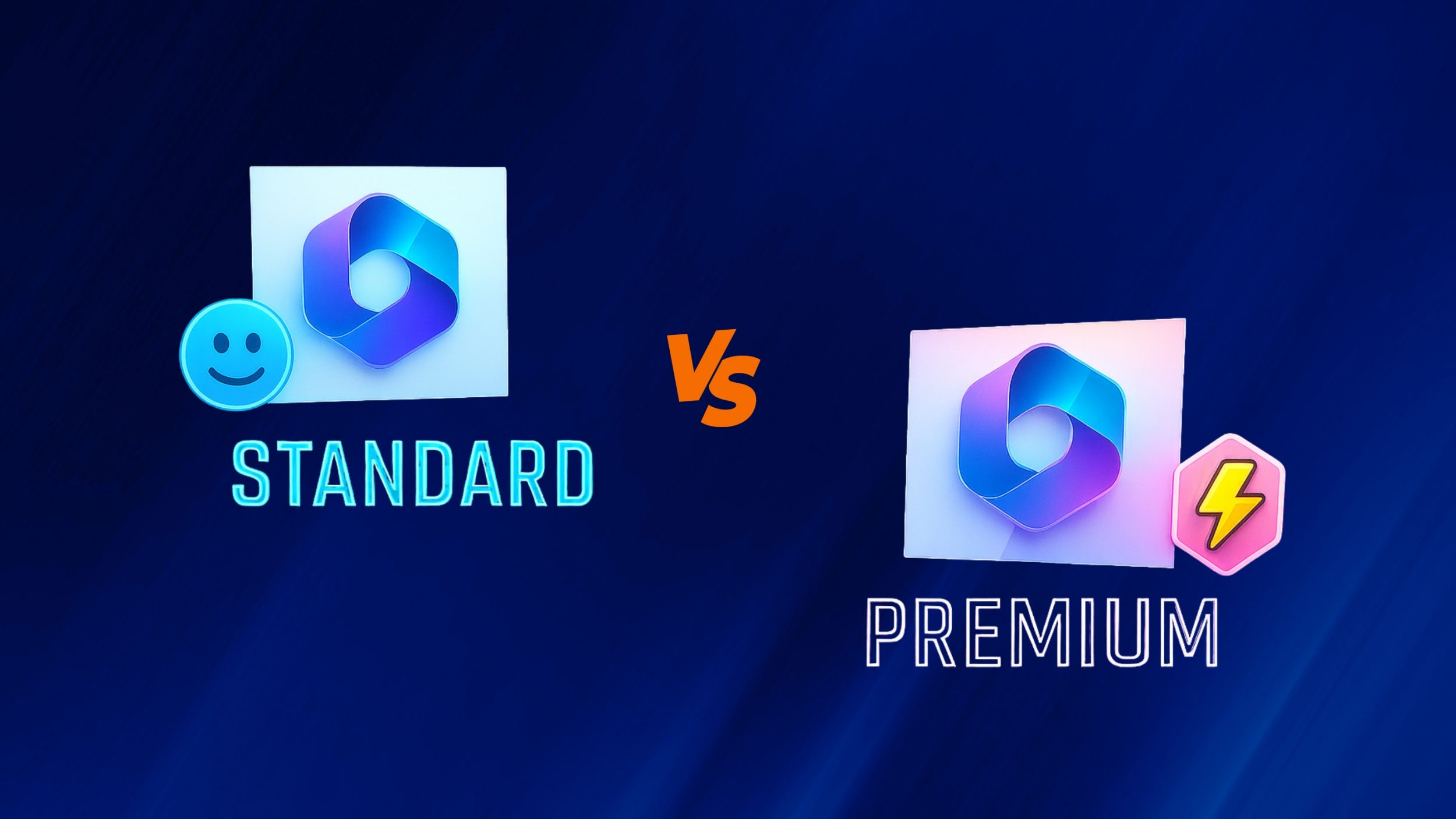
What is the Cloud?
When someone in IT tells you your data is in the cloud, or that you can work in the cloud, it has nothing to do with the things in the sky. Your data has a terrestrial home. It’s stored somewhere and the network of servers finds what you need and deliver it.
The cloud refers to software and services that run on the Internet, instead of locally on your computer. Cloud services can usually be accessed through a Web browser, and some companies offer dedicated mobile apps.
Some examples of cloud services include Microsoft OneDrive, Google Drive, Apple iCloud, Netflix, Yahoo Mail, and Dropbox.
Where is the Cloud?
The image of a cloud suggests ethereal, natural, and benign, it is everywhere but nowhere and belongs to no one or everyone.
However, this is misleading, as, in reality, the cloud exists in data centres as row upon row of powerful computers with cables that radiate globally. These are owned by a few of the world’s largest private organisations such as Amazon, Microsoft, Google, and Apple, and keep millions of people’s data that is made accessible to them via the internet. These data centres are located all over the world, some are even situated at the bottom of the ocean.
Advantages
The main advantage of the cloud is that you can access your information on any device with an Internet connection. It allows you to make edits and changes to a file in you Microsoft OneDrive or Google Docs on your home computer, and then pick up where you left off when you get to the office. It can even let colleagues collaborate on the same document.
Another benefit is that due to remote servers handling much of the computing and storage, you don’t necessarily need an expensive, high-end machine to get your work done. Some companies are making cloud-based computers a low-cost option for consumers and the education market.
Security Risks
The chances are, your data is more secure in the cloud than on your device as most big cloud service providers spend millions of pounds managing and maintaining the security of their services. However there are some customer responsibilities and it’s worth noting that failure to meet these is a leading cause of security incidents.
Here are some basic procedures can be followed to minimise risks.
- Use Multi-factor Authentication
If you can access your data remotely, so can cybercriminals. Multi-factor Authentication (MFA) gives a crucial layer of added security when logging into your accounts. Instead of just a password, MFA asks a user to provide another form of authentication, this is usually a password plus a code received as an SMS or a fingerprint scan.
- Limit and monitor the access of your users.
Limiting access can limit the impact when accounting information like usernames and passwords are stolen or a disgruntled employee wants to cause harm.
- Provide anti-phishing and security training.
The individuals who use the system must be educated about best practice behaviour and the tactics used by people who send ‘phishing’ emails. ‘Phishing’ is a term that describes the use of deception to manipulate people into revealing their security information. Phishing attacks are a common way that hackers to access even the most secure cloud database.
- Organise data backup.
Most Cloud Service Providers give significant guarantees against the loss of data; however, no system is perfect. Major cloud providers have accidentally lost customer data. Ensure that your chosen CSP has data backup and recovery processes that meet your organisation’s needs.
If you aren’t yet utilising the Cloud to its full capacity as a business, you can contact us at Everything Tech today for help and advice.



